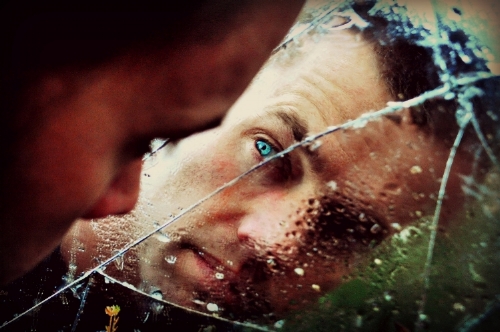A recent Harris Poll revealed that only 33 % of all Americans are happy. https://theharrispoll.com/
Some of the main factors that contribute to overall levels of happiness, or as some psychologists and researchers call it subjective well-being, include staying physically active, remaining curious, having meaningful pursuits, cultivating mindfulness (deliberately paying attention to what you’re sensing and feeling), remaining grateful, and having people in your life to whom you feel deeply connected.
At the top of the happiness heap are those who have an abundance of deep and meaningful bonds with others. People you can call in a pinch. Those who love you despite life’s peaks and valleys. Whether you’re holding the winning lottery ticket or checking yourself into rehab - their love is unwavering. Unconditional. Having other types of bonds is also important – the acquaintance that sits next to you at the neighborhood association meeting; the parent you fist bump at your daughter’s lacrosse match. Those connections, though less intimate, provide a different type of social glue. Their phone numbers aren’t programmed on your speed dial but having their presence in your orbit helps to create an additional layer of social stickiness. That stickiness helps create a denser, stronger sense of community.
Each year The World Happiness Report compiles a list of the world’s happiest countries. Their findings are based on a number of metrics many of which are outlined in the first paragraph of this article. Nordic countries – Finland, Norway, Denmark, Iceland and Sweden consistently rank at the top of this annual list.
These countries share a commitment to social cohesion. Swedes socialize during “fika,” a culturally mandatory daily coffee break allotted for spending time with co-workers, friends or family.
Danes are intentional about creating hygge, pronounced “hooga,”ꟷa term that means creating environments that bring people together.
Icelanders unwind and socialize in geothermally heated swimming pools. And, of course, the Finns have their saunas they use regularly to warm, relax, and talk about current events or nothing in particular.
The importance of social connection comes as no surprise. In 350 BC Aristotle wrote, “Man is by nature a social animal.” Study after study positively links connection to others and subjective well-being. Aristotle also referred to friendship as, “a slow ripening fruit.” Implying that it takes time and nurturance to cultivate connection.
There is no American equivalent to the Swedish fika, the Danish hygge, or the Finish saunas. Sorry, sitting at Starbuck’s checking Instagram doesn’t count. We Americans are hard-wired to hustle. We are ancestrally, biologically encoded to build skyscrapers, run companies, and turn a buck. But achieving such feats doesn’t necessarily translate into happiness points. Money literally does not buy happiness, but science reveals that connection can.
There’s a lot more we can learn from our Nordic neighbors who brought us Legos, Pacemakers, Pickled Herring and that Ikea sofa you’re likely sitting on. Since they consistently outperform the United States in happiness polls maybe we should learn more about their culture and start following in their snowy footsteps.
If you’d like to join me, here are a few video links to help jumpstart the process:
A little something about Hygge
https://www.youtube.com/watch?v=Pl74ybpyNLk
A little something about Fika
https://www.youtube.com/watch?v=7vUIPwiCipo
A little something about Iceland
https://www.youtube.com/watch?v=5fK1pZ38lqw
A little something about Finland
Now Available
Click video below to learn more about The 28-Day Relationship Rehab Workbook by Mary C. Delaney





























































































